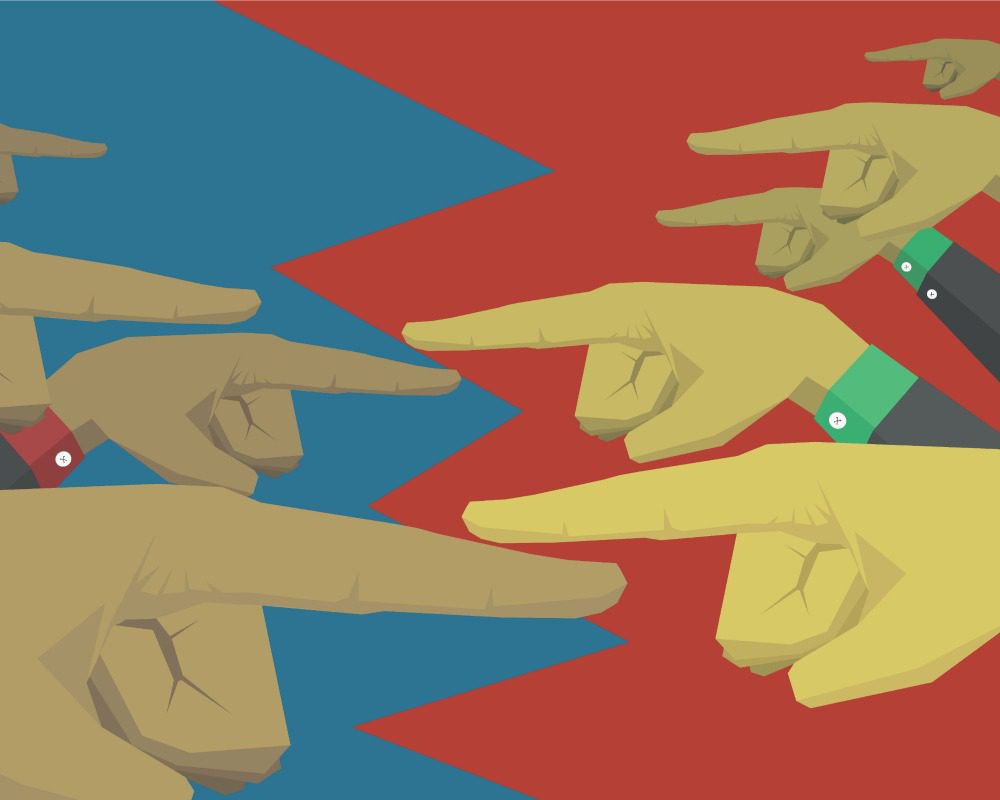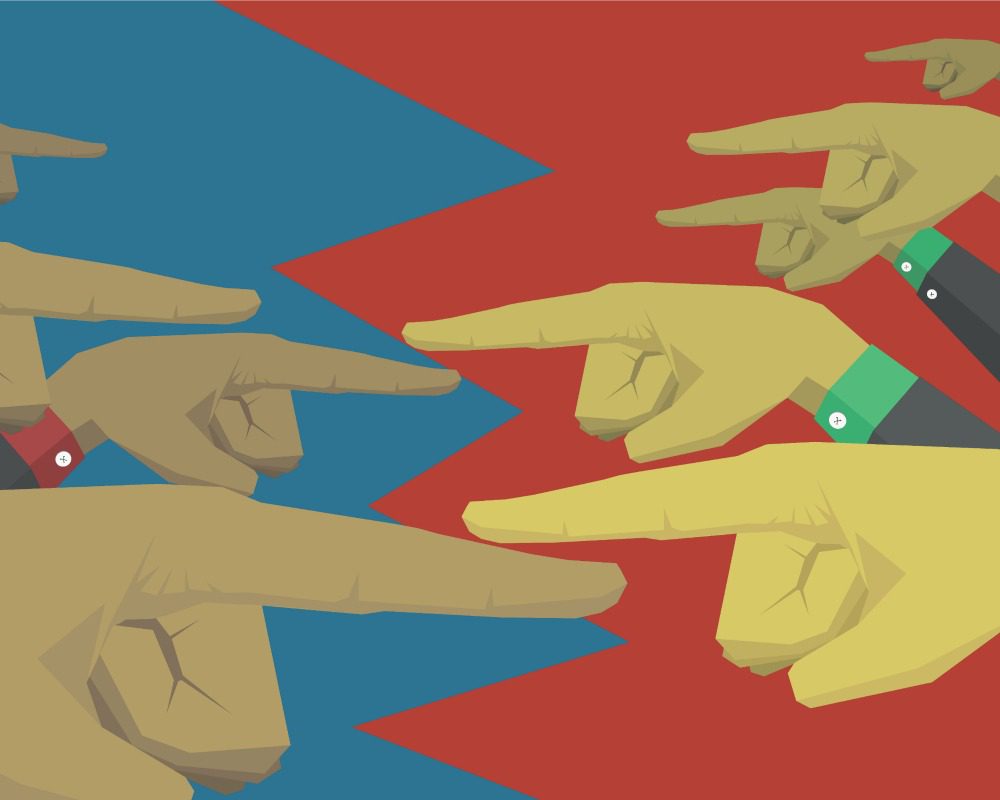
Help to make the workplace more accepting and diverse, one brain at a time.
by AnnMarie Kuzel
July 14, 2016
 Racism has maintained a presence in society for far too long, and the same has been true in the workplace. Judgment, bias and discrimination based on a person’s racial or ethnic background is despicable, and there is no room for such behavior in any organization that strives for success.
Racism has maintained a presence in society for far too long, and the same has been true in the workplace. Judgment, bias and discrimination based on a person’s racial or ethnic background is despicable, and there is no room for such behavior in any organization that strives for success.
Efforts to eliminate racism and discrimination need to be institutional, societal and political, but individual efforts are just as important. Steven Stosny, founder of CompassionPower, said it is possible to train our brains to eliminate racist behaviors, thereby helping to make the workplace more accepting, diverse and amicable, one brain at a time.
In Stosny’s latest book, Soar Above: How To Use The Most Profound Part of Your Brain Under Any Kind of Stress, he describes the difference between the toddler brain and the adult brain, how people are controlled by habits, as well as how to teach the brain to eliminate bad habits and racist behaviors.
He spoke to Chief Learning Officer about some of the book’s ideas, and offered advice on how to train the brain to become workplace-friendly and eliminate racist behaviors.
Kuzel: What is the “toddler brain”?
Stosny: The limbic area of the brain is structurally developed by age three. It originates emotions — mostly as alarms — and processes impulses and sensory data. It can’t distinguish what is really happening from what is thought or imagined. It cannot perceive other perspectives and instead projects onto others, based on current feelings states. If it feels good, you’re an angel; if it feels bad, you’re a demon. It sees everything in black and white, all-or-nothing, all good or all bad. The toddler’s favorite two words are “Mine!” and “No!” The toddler brain coping mechanisms are blame, denial and avoidance, all of which exacerbate problems.
Kuzel: What is the “adult brain”?
Stosny: The upper prefrontal cortex is not fully myelinated until the third decade of life. The Adult brain analyzes, plans, regulates emotions and impulses, is able to reflect on its own thoughts, feelings and behaviors, and to take the perspectives of others. It solves problems, creates values and appreciates beauty. It is able to grasp the complexity of experience and hold onto individuality while feeling connected to significant others and communities. The adult brain coping mechanisms are improve, appreciate, connect, protect.
Kuzel: How can learning leaders develop the adult brain and minimize the toddler brain? What does that kind of development look like exactly?
Stosny: The toddler brain is terrible at solving problems. Under stress, most of us have formed habits to retreat to toddler brain coping mechanisms. We can employ the adult brain as soon as the alarm sounds, or we feel uncomfortable, by shifting focus from how bad things are and why they shouldn’t be that way to making them a little better, trying to see the complexity of the problem, taking someone else’s perspective, seeing yourself as connected to, or protective of others, staying true to your deeper values. If feelings are dominant, focus on how you would like to feel. If you’re confused, do a couple of arithmetic operations or write in long-hand or speak your thoughts into your phone and play it back — all of these invoke the adult brain.
Kuzel: How long does that kind of development take? Are some people more receptive to this kind of training than others?
Stosny: The brain acquires habits through repetition. It takes practice for about six weeks to form an unconscious habit of automatically invoking the adult brain under stress. The practice gets increasingly easier, because you feel empowered in the adult brain, having escaped the powerlessness of the toddler brain.
Kuzel: Why do habits dominate our behavior?
Stosny: Habits conserve mental energy, taking a fraction of the neuronal firing required of consciously decided behavior. Habits are especially dominant under stress and when physical resources are low.
Kuzel: How can we train our brains to eliminate negative habits in the workplace — where racism and many other -isms unfortunately flourish — and behave differently?
Stosny: Follow the natural motivation of your feelings. Do you like yourself better when focused on basic humanity connections or when devaluing groups of people? Devaluing others makes you feel devalued, which is why you need adrenalin to do it. When adrenalin declines, self-doubt returns.
Kuzel: How does changing one’s habits help to eliminate racist behaviors? Is it possible to teach habits that encourage and embrace diversity?
Stosny: We’re all racists in the toddler brain, which is intolerant of difference. Forming habits around adult brain coping mechanisms makes us feel more humane, connected and protective. The broader our connection to the sea of humanity, the better we feel.
The process of eliminating prejudice and discrimination in the workplace — or anywhere — is a long and arduous one. Learning leaders need to take it upon themselves to teach their employers how to abandon negative habits and adopt more accepting, open-minded behaviors. By teaching employees to adopt the adult brain, Stosny said everyone “can get off the treadmill of repeating past mistakes to become their best selves at home, at work, and in the world.”
AnnMarie Kuzel is an editorial intern at Chief Learning Officer. To comment, email editor@CLOmedia.com.



